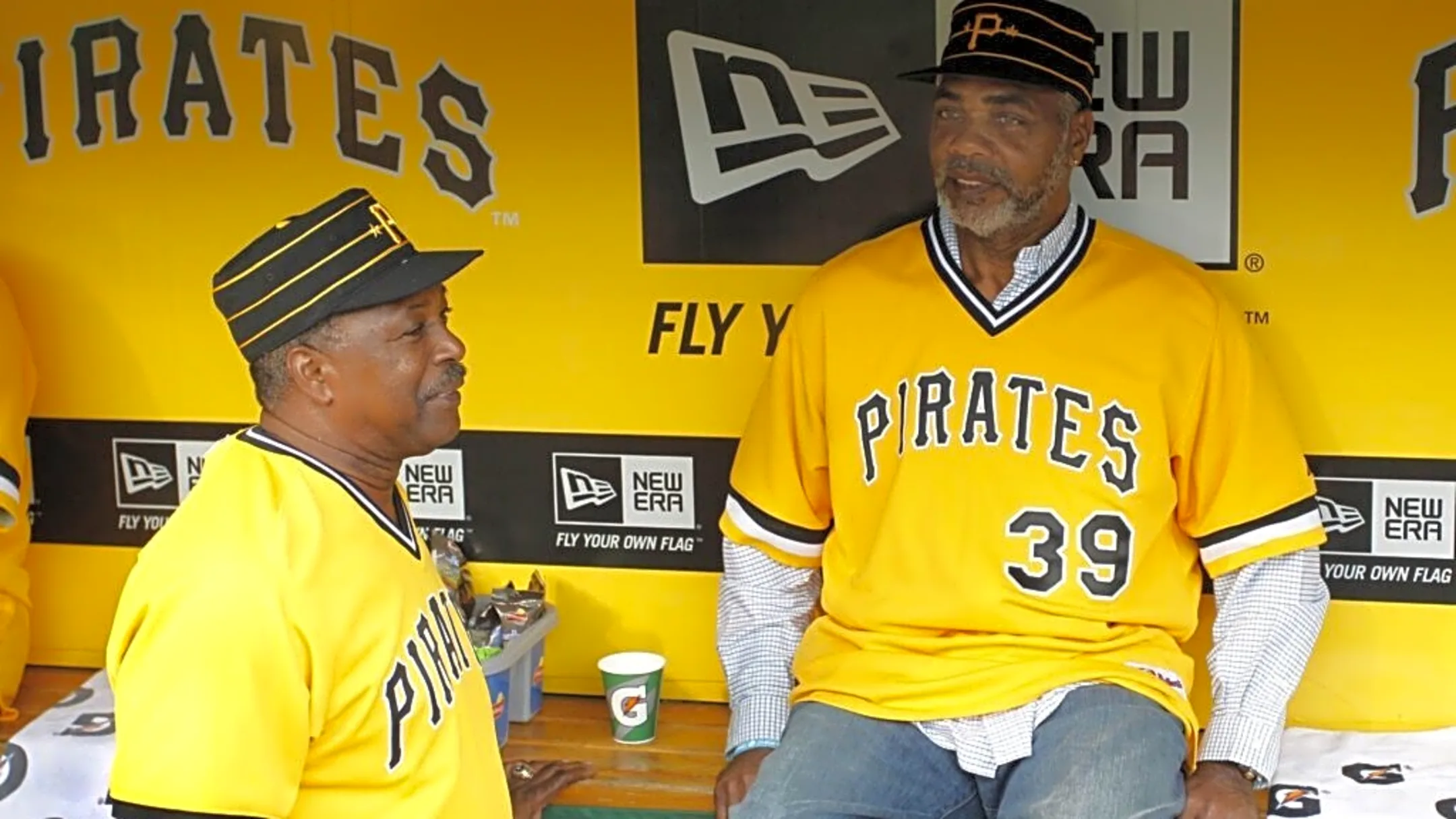By Joe Landolina,Last Word On Sports
Copyright yardbarker

Center and Right
The 27-year-old right-handed-batting Stennett got his seven hits without pulling the ball, a lesson to the current Pirates club that struggles with hitting. Five of his hits went to right field, while two others went to center field. They included four singles, two doubles, and a triple. Stennett scored five runs and knocked in two. The triple came in the eighth inning. It was the only ball off Stennett’s bat that looked like it might be caught for an out. But the ball stayed down, a legitimate single, which Cubs right fielder Champ Summers played into a triple by letting the ball skip past him.
Murtaugh almost pinch-hit for Stennett in the eighth, believing he’d already set a record. Finally, Stennett came out of the game after hitting his triple when Murtaugh sent Willie Randolph to run for him. What remained of the 4,932 cheered him off the field.
Records Galore
The only other player to get seven hits in a nine-inning game was Wilbert Robinson of the NL’s Baltimore Orioles in 1892. However, the year 1900 is considered the beginning of baseball’s “modern era.” Johnny Burnett of the Cleveland Indians had nine hits in a game in 1932, but that was an 18-inning game.
Stennett also tied a major-league mark on that day by becoming just the fourth player ever to get two hits in an inning twice in one game. The others were Max Carey of the Pirates in 1925, Johnny Hodapp of the Indians in 1928, and Sherm Lollar of the Chicago White Sox in 1955.
Before this 22-0 slaughter, there were 21-0 victories by the Detroit Tigers over Cleveland in 1901 and by the New York Yankees over the Philadelphia Athletics in 1938. By 1975, there had been numerous occasions where a major league team won by more than 22 runs. More recently, fans will recall the Los Angeles Angels defeating the Colorado Rockies, 25-1, in 2023, and the Texas Rangers beating the Baltimore Orioles, 30-3, in 2007.
Unhappy Endings
Stennett and the 1975 Pirates went on to win the division title before bowing to the Cincinnati Reds in the NL Championship Series. At that time, Stennett was regarded as the finest defensive second baseman in baseball and was a .283 lifetime hitter. His solid play on “both sides of the ball” (an expression I hate; there’s no line of scrimmage in baseball) allowed the Pirates to trade Randolph and Dave Cash. Both second basemen became All-Stars, an honor never conferred upon Stennett, not even in 1977, his best season.
That year, he was batting .336, second only to teammate Dave Parker in the NL batting race. Unfortunately, he shattered his ankle on August 21, ending his season. He had just singled against the San Francisco Giants. As he raced to second on a foul ball, Giants shortstop Tim Foli signaled that Stennett needn’t slide. As Stennett tried to stop, his spikes got caught in the artificial turf. Ironically, Foli became Stennett’s teammate in 1979.
Those 1979 Pirates went on to win the World Series. By then, Stennett was only a fraction of the player he had been due to the lasting effects of his injury. His ineffectiveness caused the Pirates to trade for Madlock. Stennett became a backup infielder, playing only second base. If Foli or Madlock were given a day off, second baseman Phil Garner replaced them. It’s not ideal for the regular second baseman to also be the utility infielder. Thus, the Pirates allowed Stennett to leave as a free agent after the 1979 season. He latched on with the Giants, who signed him to a five-year, $3.25 million contract. There, he clashed with manager Frank Robinson. The Giants released Stennett after the 1981 season.



